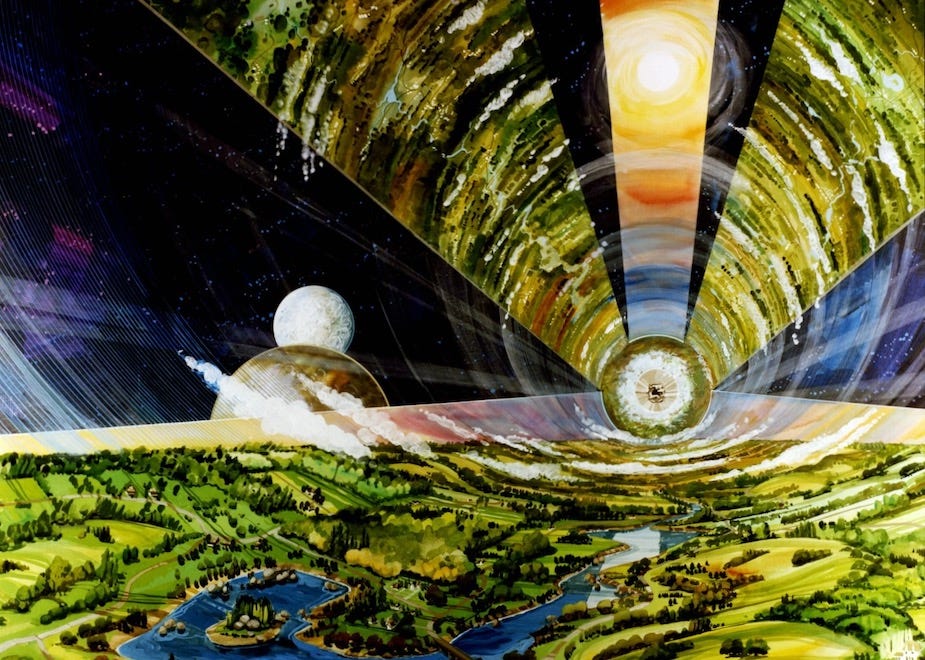EPILOGUE
Message to Distant Travelers
Captain Chipman, Lieutenant Morrison, and Helmsman Wynde emerged from the lift onto the bridge of the Eridanus to start their duty shift. First Officer Samuels relinquished the center seat to Chipman and took his leave to grab a quick food packet, then hit the gym. Still in the glow of a mission successfully completed, the great galaxyship had shaken off her excess (diplomatic) cargo and was continuing on to her next assignment, free and clear.
Operation Tarrash was regarded as a triumph in this part of the universe: a plentiful, stable supply of an essential and rare energy resource secured; success where other aspirants had failed; an amazing feather in ISEA’s cap. While the operation was propelled by intergalactic politics—Gillis and Lee receiving great accolades—the intelligence and skill of the space flight personnel who carried out ISEA’s directives especially caught the imagination of followers of the mission, causing the captain and crew of the Eridanus to be well on their way to icon status. History would remember their bravery. The now-departed diplomatic team had been quickly forgotten by those onboard the ship, except, of course, for its most celebrated member. The captain seldom mentioned Joanni; reserved by nature, he became more so after her departure. He sat in his chair, almost palpably alone, sometimes turning his head as if expecting to see her standing there, by his side. As Cat Morrison settled in for a routine day at her console, a communication came in from ISEA Command. She turned to Chipman. It was Cultural Attaché Neiswender’s final report on the mission to Oreana.
“Put it on audio play, so we can all hear it,” he said. The sound of Joanni’s voice pierced the captain like a dart. Her words filled the bridge and enveloped him. After a few minutes of ISEA protocol and official business, she briefly mentioned the overthrow and replacement of Oreana’s Primora, a surprise to all those hearing of it for the first time. Her final remarks were reserved for the officers and crew of the ship she had served on and hoped to serve on again:
I am most grateful to the captain, officers, and crew of the ISS Eridanus for the gift of this experience of a lifetime. I was met with professionalism, competence, and respect during the full course of the mission. I want to particularly thank Lt. Ruthie E. McKay for her guidance in the areas of alien culture and language, and Dr. Elizabeth Pissario for her steadfast friendship and concern with my well-being.
Additionally, I wish to pay my respect to the Eridanus crewmembers lost during the course of the mission. I request that Ensign Matt Thornby and Lieutenant Aaron Paul Netsky receive the highest commendation for sacrificing their lives in the execution of their duties. In doing so, they saved not only my life, but many others.
I save my final remarks and highest gratitude to Captain Thomas Randolph Chipman. His total commitment to his mission and crew, his courage, ingenuity, and intelligence have served this mission well. I can truly say I would not have survived this journey, nor would the mission have been successfully accomplished, without his steady command. Without question, ISEA’s finest example of an allied-class galaxyship commander. (No member of the bridge crew looked at the captain during this last statement, out of respect, allowing him his privacy.)
Together, we have faced the unknown with bravery and curiosity; the future with optimism. I miss the Eridanus. I dream of her sometimes now that I am back on solid land.
. . . The last spoken line of Joanni’s message was unintelligible. After listening to the strange yet somehow familiar syllables, Chipman turned to his communications officer with a questioning look.
“Must be in Oreanian,” Cat suggested.
“Well, Brennan Vela is no longer here to tell us what everything means. Is it translated in the text?”
“It is.”
“Read it.”
Lt. Morrison looked down at her screen and read Joanni’s final mission words: ‘I hope to see you again.’
Image: Vanishing into the triumph. Source: Illustration by Rick Guidice. One of several images “. . . created in the mid-1970s during Princeton professor Gerard K. O’Neill’s summer research programs on space colonization held at NASA’s Ames Research Center.” From Space Colony Art from the 1970s. The Public Domain Review.



